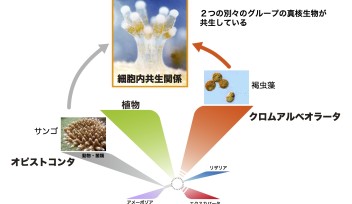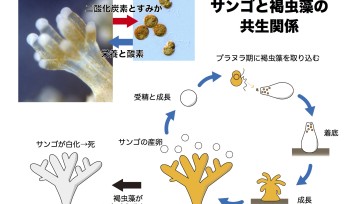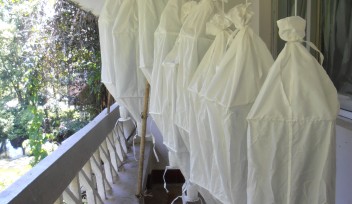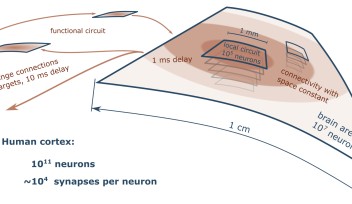Two species of sea anemone, Heteractis magnifica and Stichodactyla gigantea
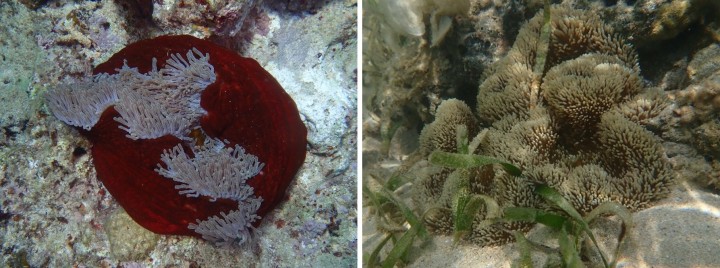
The clownfish species, Amphiprion percula, relies on either the long-tentacled sea anemone, Heteractis magnifica (left) or the short-tentacled Stichodactyla gigantea (right) as its host. The sea anemones, armed with toxic stinging cells on their tentacles, protect clownfish from predators on the reef. The clownfish also protect the sea anemone from predators and provide nutrition and oxygenation to their host.
The clownfish species, Amphiprion percula, relies on either the long-tentacled sea anemone, Heteractis magnifica (left) or the short-tentacled Stichodactyla gigantea (right) as its host. The sea anemones, armed with toxic stinging cells on their tentacles, protect clownfish from predators on the reef. The clownfish also protect the sea anemone from predators and provide nutrition and oxygenation to their host. Prof. Vincent Laudet, head of the Marine Eco-Evo-Devo Unit, coordinated a PNAS study that looks at how the sea anemone affects the formation of the clownfish's white stripes.
Copyright OIST (Okinawa Institute of Science and Technology Graduate University, 沖縄科学技術大学院大学). Creative Commons Attribution 4.0 International License (CC BY 4.0).
Tags










